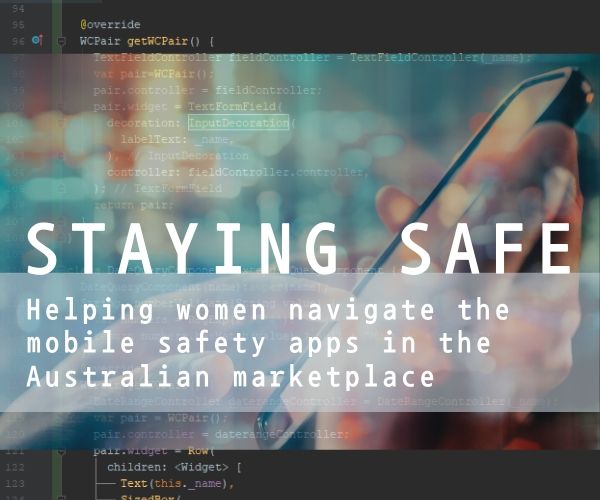Consumers expect their telcos to be following basic rules to protect their critical accounts, and news of Telstra’s failure to follow well established customer ID processes is deeply disappointing, says ACCAN, the peak body for Australian communication consumers.
Customer ID rules exist to protect consumers against misuse of their accounts, loss of services or other fraudulent activity. The ACMA has today found Telstra failed to follow these rules for 168,000 high-risk customer interactions, including over 7000 interactions concerning customers identified as being in vulnerable situations. A penalty of $1,551,000 has been levied as a result.
Read more: Negligent anti-scam compliance an inexcusable oversight by Telstra
ACCAN recently submitted to the Environment and Communications Legislation Committee’s consultation on the Communications Legislation Amendment (Combatting Misinformation and Disinformation) Bill 2024 (the Bill).
In ACCAN’s view the Bill provides a foundation for tackling misinformation and disinformation on digital communications platforms. However, the Bill should be expanded to explicitly include measures which address consumer harms, such as minimum dispute resolution standards, which could be expanded to ensure appropriate complaints do not fall through the gaps.
In 2012 ACCAN produced its first national survey to support campaigning and advocacy. The survey investigated consumer experiences, perceptions and concerns amongst Australians aged 18 year or more. In 2013 ACCAN commissioned McNair Ingenuity Research to conduct a follow-up survey utilising many of the same questions as the previous year to allow us to track changes in the market.
Summary of ACCAN's activities from 1 June to 31 August 2014.
 WESNET (Women's Services Network) Incorporated
WESNET (Women's Services Network) Incorporated
Grant round: 2019
Amount: $49,807
Unwanted text messages can be incredibly annoying, especially when it feels like you can’t do anything to stop them. However, some text messages can be sent with the intent to cause harm and need to be treated with caution.
Scamwatch reports that Australians lost over $1.4 million to scam text messages in January alone. According to that report, text messages are now the most popular method for scammers to target people. While both the government and the telecommunications industry have announced that they’re looking into solutions for this problem, there are still a few things you can do to keep yourself safe.
Read more: Spotting Scam and Spam Text Messages
Write comment (75 Comments)![]()
Mobile Devices - Australian Capital Territory
Read more: Affordable Mobile devices - Australian Capital Territory
Consumers would be forgiven for feeling angry and betrayed after an ACMA investigation revealed Telstra made available to the public details of 140,000 telco customers who had requested unlisted numbers (also known as silent numbers), in breach of carrier licence conditions.
Consumers have the right to ask their provider to make their phone number unlisted. Calls from unlisted phones do not show up on the phones of recipients. The number also doesn’t appear in phone directories.
Read more: ACMA investigation into Telstra reveals significant breach of community trust
ACCAN recently submitted to the Senate Legal and Constitutional Affairs Committee to comment on the Privacy and Other Legislation Amendment Bill 2024 [Provisions] (the Bill).
ACCAN supports the Bill as a first step to modernising Australia’s privacy protections. However, Australian consumers have poor privacy protections by international standards and further reforms are needed now. ACCAN urges the Government to address all the remaining recommendations from the Attorney-General’s privacy report to ensure that Australians receive the same minimum privacy protections enjoyed by the rest of the world.
Read more: Privacy and Other Legislation Amendment Bill 2024 [Provisions]
From workshops with members of the Deaf community, consultation with experts, and literature research, the WA Deaf Society, supported by a grant from ACCAN, created accessible videos showing people how to avoid romance scams, lottery scams, credit card scams, and other scams on the Internet and produced a short report.

Broadband for the Bush Alliance
Grant round: 2017-18
Amount: $51,005
Read more: Internet and telecommunications services in rural Australia – an evidence based approach

According to the eSafety Commissioner, 26% of kids and 75% of teens are using Facebook, and 24% of kids and 70% of teens are on Instagram. The stats are similar across various other social media sites and digital platforms, particularly as we’re seeing social media become the main form of communication for young people.
With more and more children using social media as their main form of communication, it’s important to consider what parents can do to keep them safe online.
Read more: Protecting your Child on Social Media
Write comment (0 Comments)



